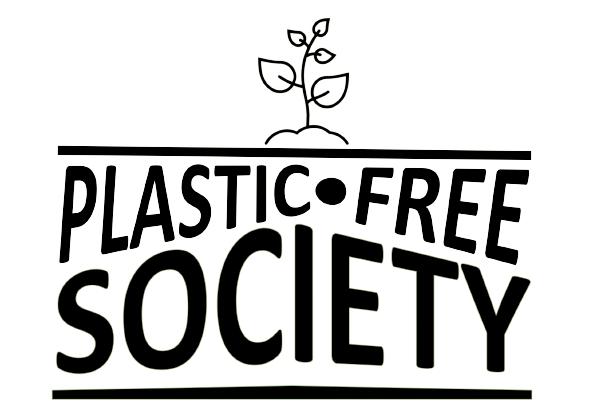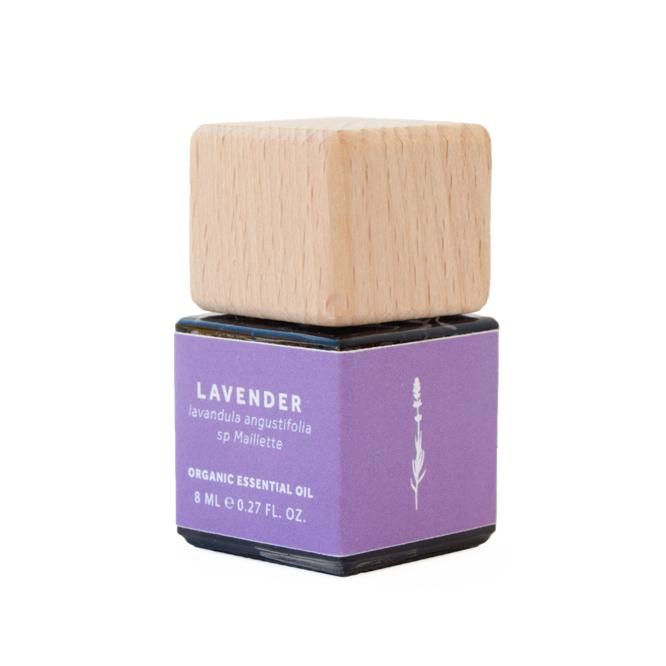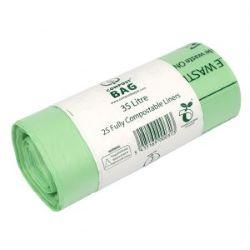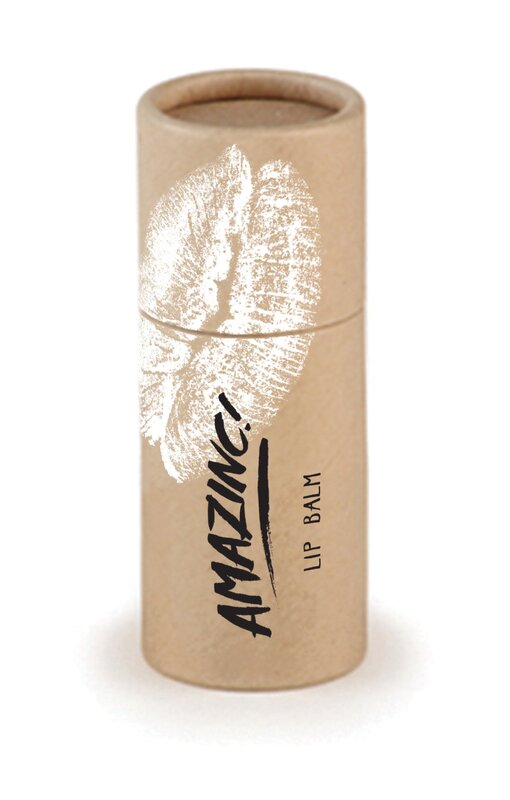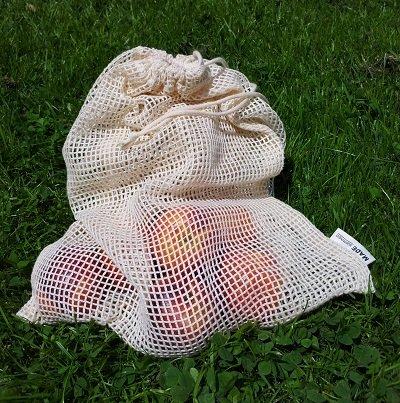|
Being a yachtie you develop a deep love for the ocean and all it gives us, from recreation to sustenance. I’ve created Plastic Free Society to help preserve the beauty of our oceans from this impending doom of the plague that is plastic. Supplying these alternative products in an effort to reduce plastic consumption on board your yacht. While it might not be directly our rubbish, it is up to us and an industry to consume responsibility in order to maintain our beautiful oceans, we all cherish so much. Did you know according to National Geographic every year, about 8 million tons of plastic waste escapes into the oceans from coastal nations, that’s an equivalent of setting five garbage bags full of trash on every foot coastline around the world per year. This waste, more specifically plastic will degrade down into small particles or microplastics (pieces of plastics smaller than 5mm) to which have been found at our highest peak in the world – Mount Everest, to our lowest depth – The Mariana Trench. These microplastics are either never to be seen again, not until they gather collectively in patches large enough for us to notice such as The Great Pacific Garbage Patch or are left to be consumed by wildlife, who often mistaking it for prey, and can lead to all sorts of internal problems that can often result in death or enter our food chain in the form of that tasty tuna steak you have for dinner. Greenwashing is a major problem within consumerism, and often buying a ‘Biodegradable’ product may have led you to believe that it will biodegrade, well this is true in a sense, where these biodegradable plastics will degrade to a degree where they will eventually turn into microplastics. So what’s the difference between biodegradable and compostable?
So how are these Microplastics a part of your life on board? Everything from uniform materials to food packaging to products in your shower and water balloons during guest trips. A prime example of this is synthetic materials, such as Nylon, Polyester and Spandex which are made from plastics, when laundered shed small microfibers and which are discharged into the wastewater pipes, into the wastewater tank, and what is ok to discharge at 12miles offshore? That’s right. Wastewater, along with your small fragments of microplastics, with a slim possibility they will ever be seen again. What can you do? Research natural alternatives, products, uniform materials (Ethical Yacht Wear being at the forefront of this), implement recycling system on board, if you’re ever in doubt we at Plastic Free Society are here to answer any questions you might have, we are only wanting to help create a difference, for our ocean, organisms and our future as a human race. While I’m not here trying to guilt trip you into buying from Plastic Free Society, I only want to make you second guess buying plastic and bringing it on your vessel, or in your day-to-day life. Conscious consumerism is the only way forward. While it may seem small, the ripple effects of small things is extraordinary” – Matt Bevin Sources:
|
#YachtieworldShare your blog posts with us! Archives
May 2022
|

